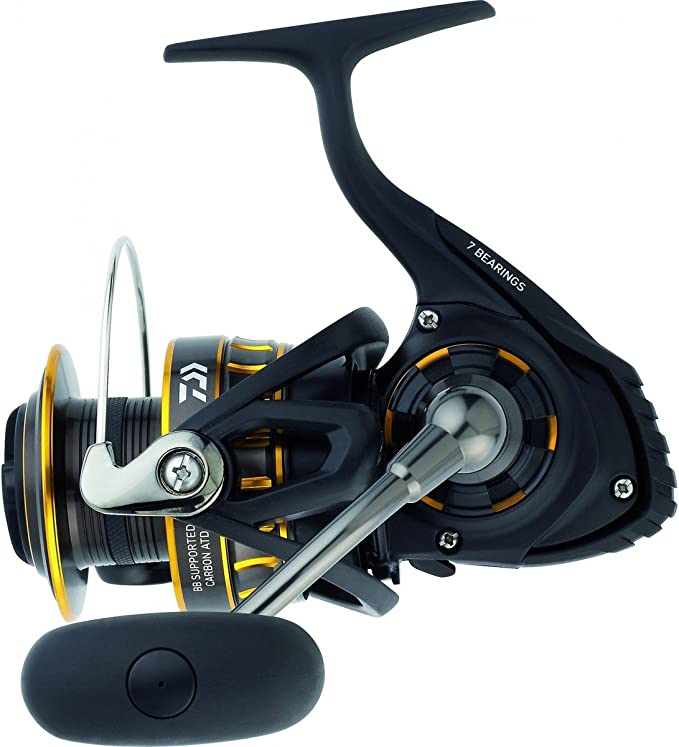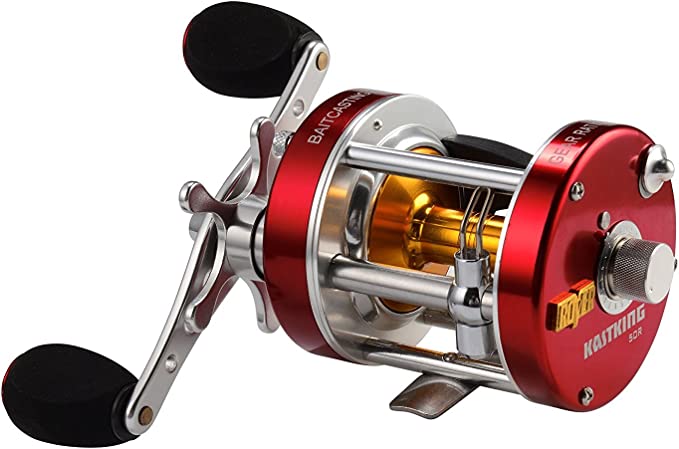The Griddle and the Flame: A Scientist's Guide to the Art of Searing
Update on July 11, 2025, 12:32 p.m.
It begins not with a bang, but with a click-whump. It’s the sound of a promise, the first note in a weekend morning’s concert. Soon, it’s joined by the percussive sizzle of bacon hitting hot steel, a sound that speaks a universal language of comfort and anticipation. The aroma of coffee hangs in the air, but it’s quickly challenged by the rich, savory scent rising from the griddle. From your perch on the patio, you watch as a simple slab of gleaming metal transforms humble ingredients into a golden-brown feast.
We’ve all been there, mesmerized by this simple act of cooking. But have you ever stopped to wonder about the silent, intricate physics and chemistry at play? How, exactly, does this flat top, like the Blaze 30-Inch Griddle, become such a masterful conductor for a symphony of flavor? This is not just a story about a piece of equipment; it’s the story of a journey—a journey of energy, from a pipe in the ground to the perfect sear on your steak.

Act I: The Nature of Fire
Before any cooking can begin, we must start with the source: the fire. And here, in the fine print of our subject, lies a critical safety lesson for every outdoor chef. The product’s title calls it a Propane (LP) griddle, yet its description warns it is for Natural Gas (NG). This isn’t a simple typo; it’s a fundamental misunderstanding of two very different languages of energy.
Think of it like this: Natural Gas, delivered at low pressure, is like a calm, flowing river. Propane, stored under high pressure as a liquid, is like a powerful, rushing dam release. According to the U.S. Energy Information Administration (EIA), propane contains more than twice the energy per cubic foot as natural gas. An appliance is engineered to speak only one of these languages. Its valves and orifices—the tiny holes where gas exits—are precisely sized for a specific pressure and energy content. Forcing a high-energy, high-pressure fuel like propane through a system designed for low-energy natural gas is a recipe for disaster, potentially leading to dangerously large flames and incomplete combustion, a situation one user alarmingly described as an “explosion.” It’s a stark reminder that the first step in mastering any tool is to understand its nature and respect its rules, as outlined by safety standards like the National Fuel Gas Code (NFPA 54).
With the correct fuel line connected, the “push-and-turn flame-thrower” ignition performs its duty. It’s a wonderfully dramatic name for a reliable system that creates a spark and releases a small jet of fuel simultaneously, ensuring a swift and consistent start to our process: combustion.

Act II: Taming the Inferno
Now we have fire—two powerful, U-shaped burners roaring to life, ready to unleash a combined 36,000 BTUs of thermal energy. But raw power is chaotic. The art of engineering is to tame it. The challenge is to move that immense heat from the flames to the cooking surface not just powerfully, but evenly. This happens through a beautiful interplay of three types of heat transfer.
First, radiation: the flames release infrared waves that travel through the air and bombard the underside of the griddle plate, heating it without direct contact. Second, convection: the hot air created by the flames circulates in the enclosed space, transferring its energy to the steel. Finally, and most importantly for the food, is conduction.
The U-shaped design of the burners is a deliberate solution to the physics problem of even conduction. Unlike a single straight burner that would create a hot stripe down the middle, the ‘U’ shape acts like a highway network for heat, spreading the thermal load across a much wider area. This engineering ensures the entire 495-square-inch griddle plate becomes a consistent, edge-to-edge heat source. This is validated by users who praise its ability to “heat evenly” and maintain a steady temperature—the perfect condition for the magic to come.
Act III: The Temperament of Steel
Our heat is now tamed and distributed, but it needs a stage to perform on. That stage is a thick plate of stainless steel. In the world of outdoor kitchens, 304-grade stainless steel is the gold standard. It’s an alloy primarily of iron, but with the crucial additions of approximately 18% chromium and 8% nickel. This isn’t an arbitrary recipe. When exposed to oxygen, the chromium forms an ultrathin, invisible, and incredibly resilient layer of chromium oxide. This passive layer is like a microscopic suit of armor, protecting the iron within from the onslaught of moisture and air that would otherwise cause it to rust.
Yet, for all its strength, this steel has a fundamental personality trait, a “temperament” shared by nearly all matter: it expands when heated and contracts when cooled. This is thermal expansion. When you fire up the griddle, its temperature can climb by hundreds of degrees. This causes the steel to grow, and if that growth is constrained, immense stress builds up within the material. This is where we see physics manifest in user reviews. Reports of the surface “warping when hot” or the support welds on the underside failing are not necessarily signs of a defective material, but rather a dramatic illustration of these powerful forces at work. A well-engineered griddle attempts to manage this stress with strong bracing and by allowing the plate to “float” slightly, much like the expansion joints on a bridge. When these designs are pushed to their limits, the steel’s inherent temperament wins.
Act IV: The Dance of Flavor
The stage is set, the heat is perfect, the steel is ready. Now, the food arrives. The moment a steak, a scallop, or a slice of onion touches that hot surface, an intricate chemical dance begins. This is the famed Maillard reaction, named after the French chemist Louis-Camille Maillard who first described it in the early 20th century.
It is, at its heart, a reaction between amino acids and reducing sugars. At temperatures above roughly 300°F (150°C), they begin to rearrange themselves, creating hundreds of new, wonderfully complex aroma and flavor compounds. This is not burning. It’s the controlled, magnificent creation of the savory, roasted, and nutty notes that define deliciousness. It’s what gives a steak its deeply browned crust, a burger its savory char, and onions their sweet, caramelized depth. A griddle that heats evenly, like the Blaze, provides the consistent, high-heat canvas required for this reaction to flourish across the entire surface of the food.
Of course, the aftermath of this beautiful dance is the cleanup. User feedback points to challenges here—an unwieldy grease trap and hard-to-reach areas. This is more than an inconvenience; it’s a scientific concern. Leftover grease and food particles can carbonize during the next use, interfering with heat transfer and imparting bitter, burnt flavors, sabotaging your next attempt at a perfect Maillard reaction. Even the claim that the cover fails to keep out rain speaks to a potential for unwanted moisture to pool and compromise the cooking environment. The dance of flavor requires a clean stage.

Finale: The Chef, The Tool, and The Science
From the chemical potential locked in a gas line to the complex flavors of the Maillard reaction, the journey is complete. A griddle, we see, is far more than a slab of steel. It’s a finely tuned scientific instrument designed to manage energy and facilitate chemistry. It showcases the brilliance of engineering in its burner design and the marvel of material science in its stainless steel construction.
But it also reminds us that every tool, no matter how well-made, operates within the strict laws of physics, exhibiting traits like thermal expansion. And its ultimate performance is often dictated by thoughtful, practical details like how easily it can be cleaned or how well it sheds the rain.
In the end, the griddle is only half of the equation. The other half is the chef. Understanding the science behind your tools doesn’t diminish the magic of cooking; it enhances it. It transforms you from a mere operator into a true collaborator, working with the principles of heat and chemistry, not just alongside them. Investing in a high-quality outdoor griddle is not simply about acquiring a product; it’s about embracing a deeper understanding of the delicious science you are about to create.







































